Europe enters global AI race with its first exascale supercomputer
With the launch of the Jupiter AI supercomputer in Germany, Europe takes a major step toward ‘technological sovereignty and glob

With the launch of the Jupiter AI supercomputer in Germany, Europe takes a major step toward ‘technological sovereignty and glob

Wi-Fi 7’s array of advanced bandwidth and channel jockeying techniques delivers greater speed through smarter signalling.
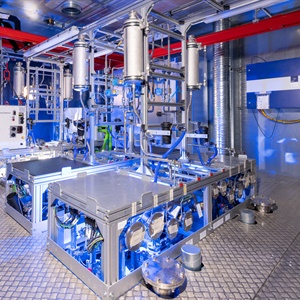
Researchers have successfully developed the first megawatt fuel cell – a breakthrough that could speed up the move towards low-carbon shipping and aviation.
View this issue as a page-turner in your browser.
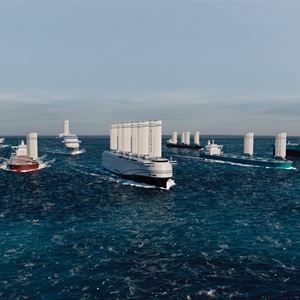
Changing polluting maritime technologies is like turning the proverbial supertanker.
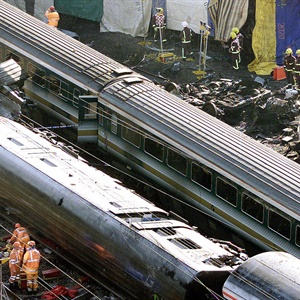
As we celebrate the 200th anniversary of the first rail passenger journey, one of the UK’s younger government agencies
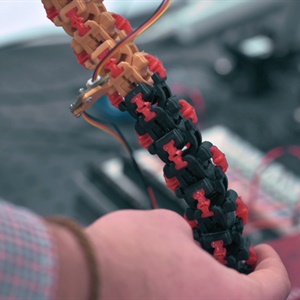
A 1-metre-long underwater robot with soft manipulator technology aims to tackle the costs and challenges of subsea infrastructure inspection.

Two ageing UK nuclear power stations will remain operational until 2028, Centrica and EDF have announced.

A Germany-based project is aiming to give electric vehicle traction batteries a second life as energy storage, avoiding costly shredding.
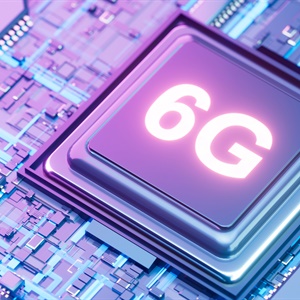
A 6G chip capable of delivering high-speed internet across all frequencies, exceeding 100 gigabits per second, has been developed by Chinese researchers.

Japan Engine Corporation has launched the world’s first fully functional, full-scale commercial ammonia-fuelled ship engine.

The UK’s offshore oil and gas industry risks missing its 2040 targets despite cutting production emissions for a fifth year running, says the North Sea Transition Authority.

While the industry focuses on scaling capacity, the real risk lies in operational blindness. Legacy data centre operations and o

In 25 years of operating, CW has seen much change in the connectivity landscape, and no more so than now. The fast-evolving wire

The app tracks passengers as they tap in and out of stations, automatically charging them the best fare at the end of the day.

A £10bn deal to provide Norway’s Armed Forces with Type 26 frigates represents the ‘biggest ever warship export deal by value’, according to the Ministry of Defence.

Japanese officials have released an AI-generated video warning Tokyo residents that a Mount Fuji eruption could strike “at any moment, without warning”.

The UK risks missing its offshore wind targets because of infrastructure and supply chain bottlenecks, says a new industry report.

UK households could save almost £400 a year on heating bills with a heat pump if electricity costs were reduced, analysis has found.

An agreement between US and South Korean firms will speed up the deployment of advanced small modular reactors (SMRs) to meet the growing power demands of Amazon’s data centres and AI operations.

Located in the southern town of Pornainen, the sand battery will meet the heating needs of the district with a high-temperature

Nauticus Robotics has sent an autonomous underwater vehicle to depths of 2,300 metres ahead of plans to launch a commercial service for monitoring infrastructure in the deep ocean.
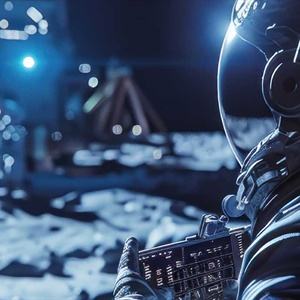
A type of automatic chest compression is more effective for carrying out CPR in space than the ‘handstand method’ currently recommended in emergency protocols, researchers have said.

Captured CO2 is being injected into a huge reservoir 2,600 metres under the Norwegian seabed for long-term storage.
We're about to take you to the IET registration website. Don't worry though, you'll be sent straight back to the community after completing the registration.
Continue to the IET registration site